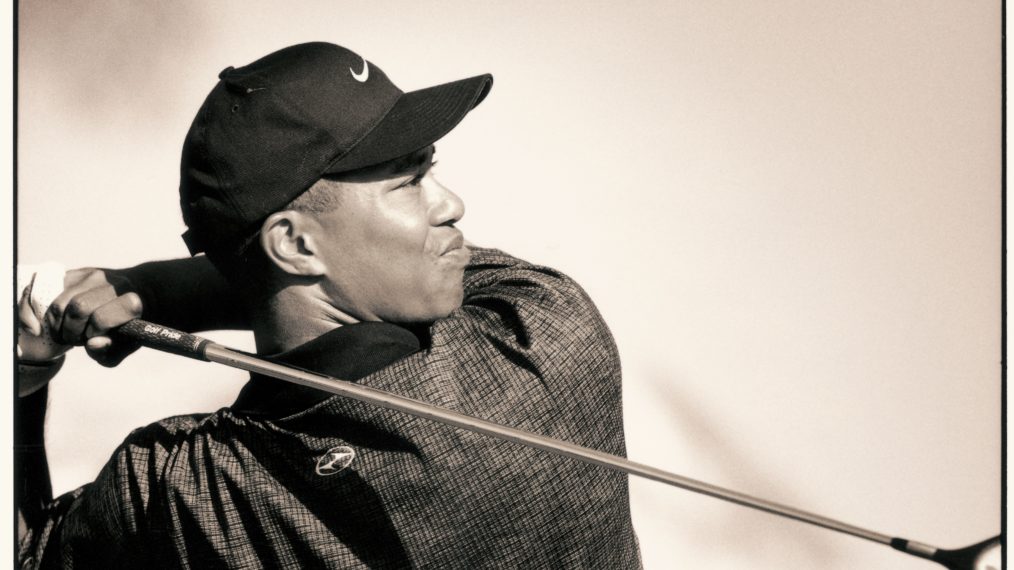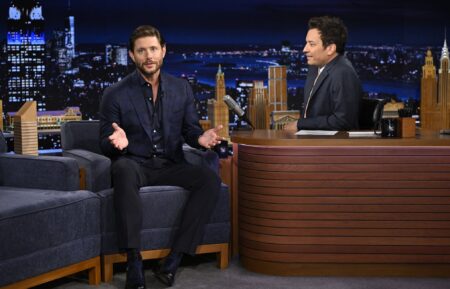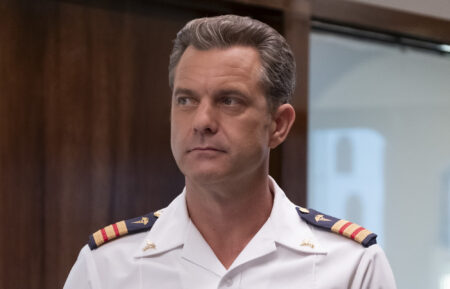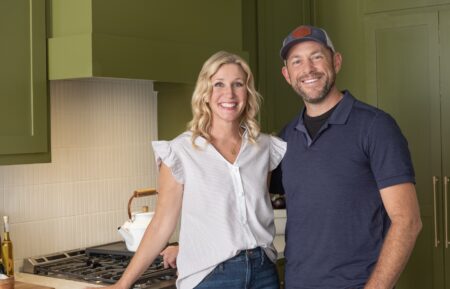Co-Director of ‘Tiger’ on Telling the Rise, Fall & Return of Tiger Woods

Q&A
The GOAT of the fairway, Tiger Woods, is the subject of a two-part documentary coming to HBO this January. Tiger digs deep into the life of the decorated golf champion through never-before-seen footage and revealing interviews, including one with his late influential father, Earl.
“Part one is the father-son story,” says Matthew Hamachek, who directs the project alongside his The Trade partner Matthew Heinman. “It’s the realization of Earl’s dreams. The 1996 Haskins Award banquet starts the film where he talks about how he thinks Tiger is going to transcend the game and will do so much for humanity beyond just being a golfer.”
Part two of the project dives into Woods’ reaction to losing his father in 2006. “Earl was this compass for Tiger,” Hamacheck says. “They had such an incredibly close relationship. It was very loving, and complex at the same time. Part two is the unraveling of Tiger once Earl has disappeared and he doesn’t have that compass anymore.”
Everyone from Woods’ former caddy and close friend Steve Williams to his first love Dina Parr is featured in this tell-all doc. Rachel Uchitel, the woman at the center of the sex scandal that rocked the famed athlete’s world, also sits down for a first-time interview to talk about their relationship.
Here, Hamachek talks about bringing a balanced look to the iconic sports figure.

Andrew Redington/Getty Images
What inspired you to make a documentary about Tiger Woods?
Matthew Hamachek: In American culture, there is so much polarization in terms of the way we view public figures. If you like somebody, they can do no wrong. And if you don’t like them, they can do no right. I think, that, in a lot of ways, applied to Tiger throughout his life. One of the things we set out to do is find the nuance in the story. Cover the rise, the fall and return of him. To get to the bottom of who he is and what led him to 2009 and the car accident, and how he came back from that.
Tell me about the process of putting together this two-part program.
We had the book “Tiger Woods” by Jeff Benedict and Armen Keteyian as an inspiration for our story. Then, we set out to find people to interview that had a strong relationship with Tiger — either personally, or journalists who had covered him and had professional relationships with Tiger — and were firsthand witnesses to his life. Beyond that, the next challenge was [dealing with] archives and making sure we found Tiger talking on camera and getting insights into his life in a way, so we could let him tell his own story.
Was it difficult to get those close to Woods on board and on camera?
When you make a documentary, one of the greatest challenges is earning your subjects’ trust. That was no different here. There were a lot of people who had been thrust into the media spotlight because of their relationship with Tiger in the past and were wary of participating in something new.
We had an incredible producer, Jenna Millman, on the project. With her help, we were able to make contact with people and let them know this is the kind of film we are making, and why it’s important for them to be here. It took, in many cases, months to get people to agree.
Out of the group featured, is there anyone who you’re surprised participated?
For Dina, it was a window into a teenage kid, who was basically on the cusp of becoming a megastar. I think getting her to talk on camera for the first time was incredibly fortuitous. Steve also had a front row seat to one of the greatest golfers. More than that, it was about the conversations he and Tiger would have off the course like at times when Tiger talks to him about giving up golf and joining the Navy SEALs. [Dina and Steve both] cared deeply about him and still do. They are fiercely protective of him. That empathy really formed the way we told this story.
With Rachel, her biggest concern was she had become a caricature in the media. She really wanted to tell her side of the story. Those kinds of details were just crucial.
What do you think stands out about this telling of Woods’ life that hasn’t been explored yet?
I think what struck me was the expectations thrust on Tiger, from essentially the day his father saw him swing a club for the first time. I think everyone that knew that father-son relationship felt it was the key to the entire story.
Nike started to market him as this person that was going to carry out Earl’s vision for him. The viewing public latched on to that and put expectations on Tiger. What I started to see more and more was how these expectations weighed on Tiger — how much he retreated and didn’t want to be that person. It’s fascinating and is something that is not brought to light that much.
What kind of feedback have you gotten from Woods?
Tiger’s team has not reached out or asked to see the film. If he has HBO, I hope he watches.
Tiger, January 10 and 17, 9/8c, HBO
From TV Guide Magazine
How 'Countdown' Recruited Jensen Ackles to Go Full 'Die Hard'
Countdown boss Derek Haas talks creating the character around Ackles, and the cast teases the “Avengers”-like team of the crime thriller. Read the story now on TV Insider.











